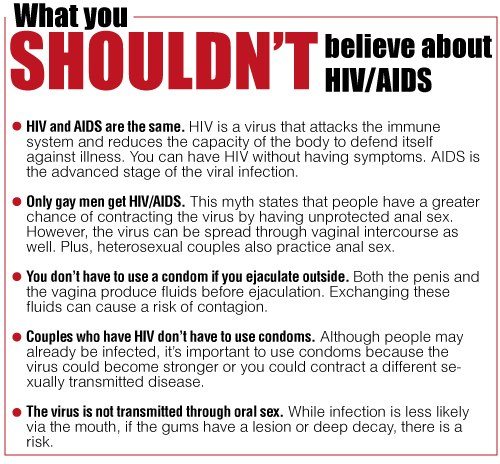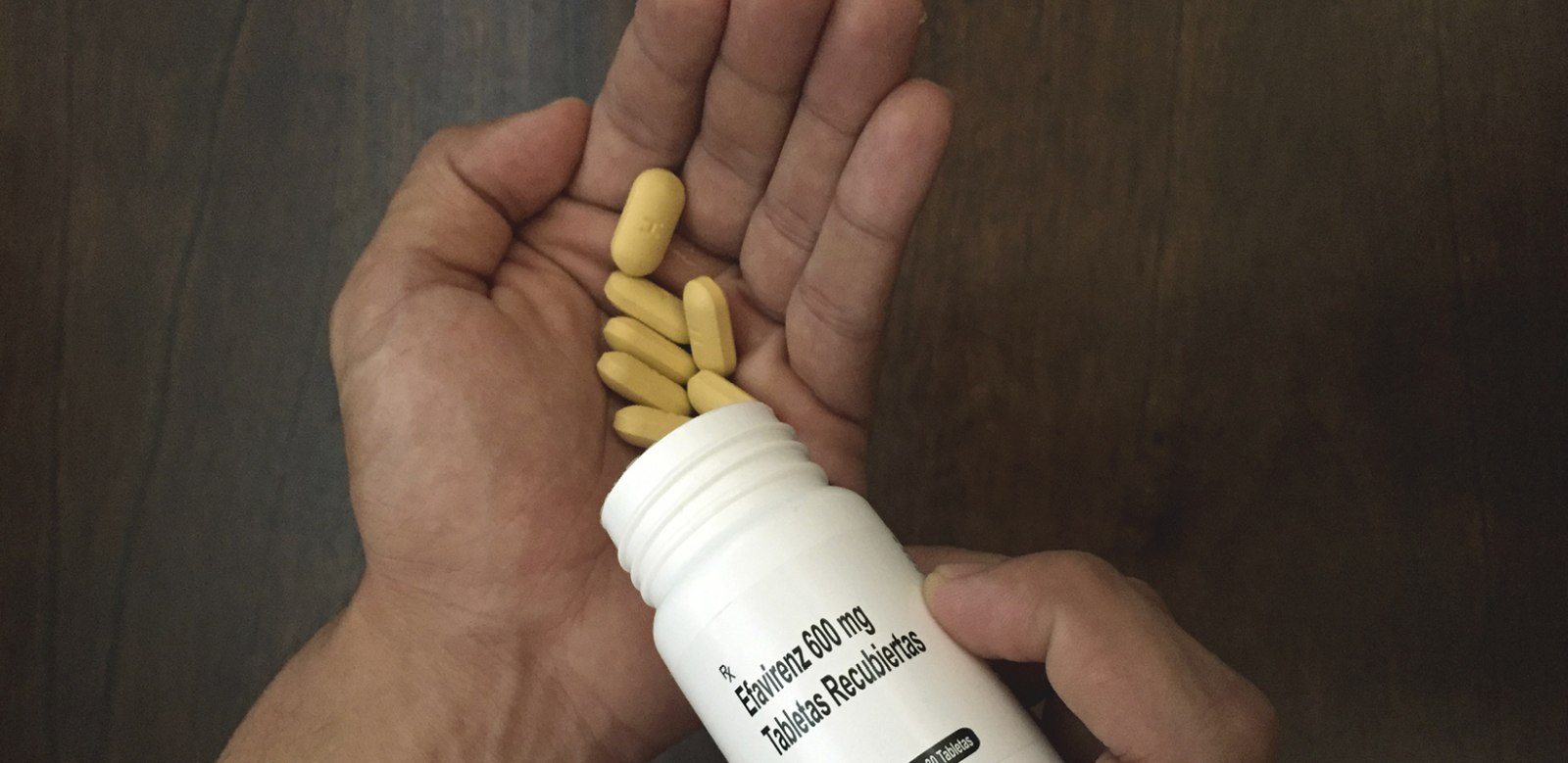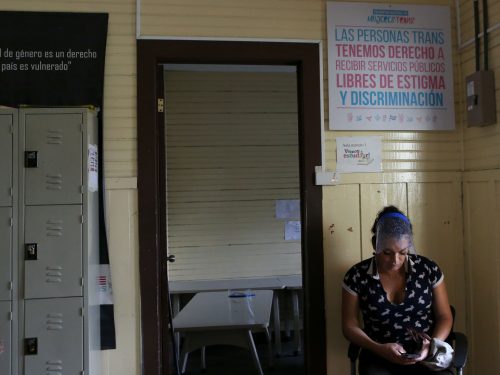
At 2:45 a. m. José has to be at the Santa Cruz bus stop to catch a bus to Liberia, where he switches to another bus for Puntarenas. He must be punctual so as not to miss any of the buses, because at 7 a.m. he has an appointment in Puntarenas’ Monseñor Sanabria Hospital for a doctor to monitor his HIV.
He’s had to do this routine twice a week for the past four months since testing positive for HIV. In Guanacaste, it’s hard for people with HIV or AIDS to stay on top of managing the virus because there aren’t any specialized clinics run by the Costa Rican Social Security System, or Caja.
The hospitals that have HIV/AIDS clinics in Costa Rica are Hospital México, San Juan de Dios, Calderón Guardia, the National Children’s Hospital and hospitals in Cartago, Alajuela and Puntarenas. Guanacaste and Limón are the only two provinces that lack specialized clinics for people with HIV/AIDS.

Enrique Baltodano Hospital in Liberia has an HIV committee with an internist, pharmacist, nurse, psychologist and social worker who treat some patients with HIV, but they also must see other patients.
According to internist and committee head Carlos Jones, the patients who are treated are only carriers of the virus and are not at a high risk, with levels greater than 300 CD4, or lymphocytes, commonly called white blood cells, which are crucial to the immune system and are attacked by the virus. Those who receive this care are only people referred by Hospital México.
Due to the province’s lack of a specialized clinic to treat patients with the virus, José must travel to Puntarenas to keep his HIV under control.
An Exhausting Trip
José (not his real name), 25, is from Santa Cruz. Four months ago he was hospitalized at Anexión de Nicoya with a testicular abscess. His doctor recommended an HIV test, and it came back positive.
After the final confirmation test (western blot) at San Juan de Dios Hospital, José was referred to Puntarenas. He thinks he has had a minimum of 40 control exams as well as psychological support for him and his family.
“It’s been hard for me, because in addition to the results, now I have to wear myself out with the trips. Sometimes I leave the hospital at 5 o’clock in the evening, or sometimes I’ll miss a bus. … The truth is that for having a good time one ends up having a bad time,” José said.
José doesn’t have health insurance, but now he’s insured through the government. According to Article 7 of the General HIV/AIDS Law No. 7,771, in Costa Rica “anyone with HIV or AIDS has the right to medical care in surgery, psychology and counseling; as well as all treatment that guarantees the slowing of the condition and, as possible, the alleviation of complications originating from the illness.”
Every day that José goes to Puntarenas he has to pay at least ¢20,000 in bus fare and food. The trips are tiring and they cause him to miss work. Both his coworkers and family members are aware of his situation and are supportive.
“Luckily my bosses have been very supportive. They understand my situation. I explained that for now control is constant, but eventually I’ll only have to go to the hospital every three months,” he said.
Law 7,771 also protects the jobs of people with HIV, as it prohibits any type of discrimination based on the disease. If an HIV-positive worker decides to discuss his or her situation, employers must respect confidentiality and adjust job requirements to doctors’ recommendations.
What’s Going On With Guanacaste?
The lack of infectious disease specialists in the province is one of the reasons that HIV/AIDS patients can’t seek care in Guanacaste.
The coordinator of the Caja’s Sexually Transmitted Diseases and HIV program, Gloria Terwes, said that patients often do not want to be treated where they live.
“Because patients don’t show interest in being treated in their area, specialists are not assigned to regional hospitals,” Terwes said.
While José said he believes his visits to the hospital in Puntarenas protect his privacy, he would prefer to travel to a hospital in Liberia or Nicoya because they are closer.
What Guanacastecans can do is get tested for HIV/AIDS in a local clinic (Ebais) or at a Caja clinic. Those interested in being tested should schedule an appointment for a blood test that will be sent to the nearest hospital with a lab. Results take an average of 15 days.
HIV Increases, AIDS Decreases
In Guanacaste, as in the rest of Costa Rica, in general the number of AIDS cases has decreased, while the number of people who have contracted HIV has increased.
In 2010, the rate of people with AIDS in Guanacaste was 6.8 per every 100,000. That number dropped to 1.6 in 2015. That trend is similar in the rest of the country. The same year, 40 Guanacaste residents died due to complications from AIDS, but the number of deaths has decreased over the years.
The opposite has occurred with the number of HIV-positive patients. In 2010, the rate of HIV in Costa Rica was 13.1 per 100,000, increasing to 18.1 in 2015. While in Guanacaste, the rate of increase wasn’t constant during that period, in 2010, it was 11.4, while in 2015 it was 12.
According Terwes, the increase in reported HIV cases is expected because more people are getting tested.
“We’re making screening tests more available. More people are becoming aware of the need to get tested and they’re getting tested,” Terwes said.
Tannia Tánchez, director of the Nicoya Health Region, agreed, saying that young people are increasingly aware and are asking to be voluntarily tested. Meanwhile, patients older than 50 usually get tested only following a doctor’s advice.
For the specialists, getting tested is an obligation for Guanacastecans who have had more than three unprotected sexual partners, as they are considered the vulnerable population. The earlier HIV is detected, the less complicated it is to treat.
José, who will begin antiretroviral treatment in May, was diagnosed early. Although the first few days after being diagnosed were difficult, today he is calmer, as he knows that the controls and medication can help him have a normal and safe life.







Comments